While not a traditional portrait lighting style, windows are great for creating silhouettes.
Shoot 8 photos to create a profile silhouette of yourself in front of a window.
If you are working with a cameraphone, this will take a bit of coordination. Set the exposure for out the window with the light behind subject (you). Bring your result into Lightroom .
Lightroom App
At a minimum:
Straighten it. Under Light, make the blacks darker
Lightroom
Straighten. In the basic panel, make the blacks darker.
Post 2 best to Openlab with a description of your process. What did you have to do to get a clean silhouette? Post to lab 10 silhouette
Upload all to flickr
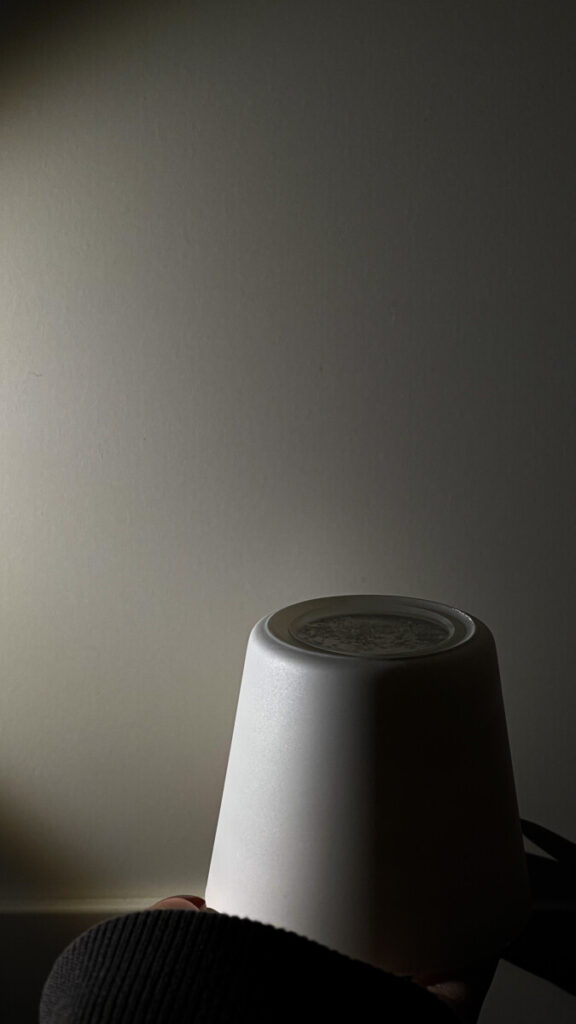
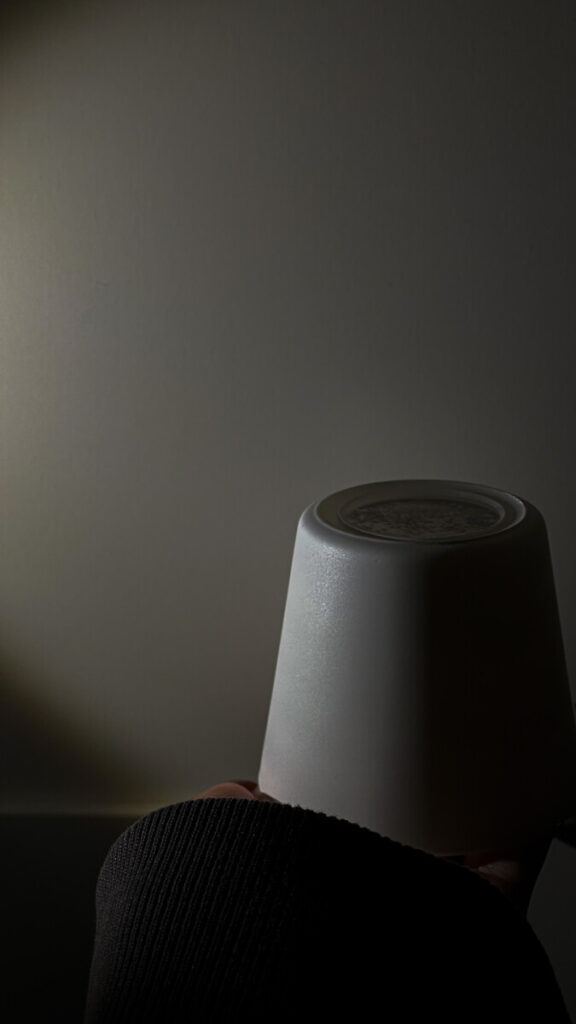
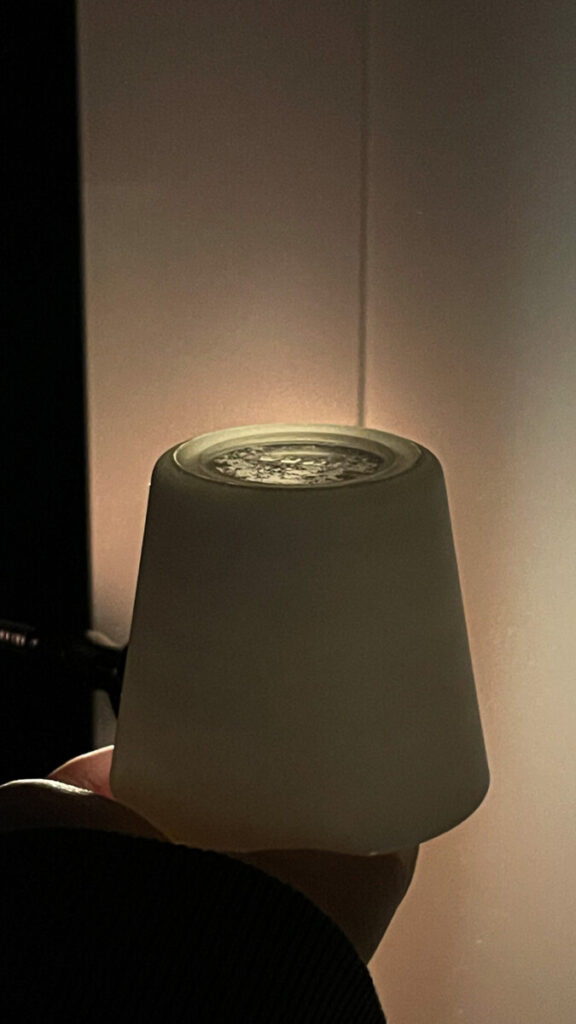
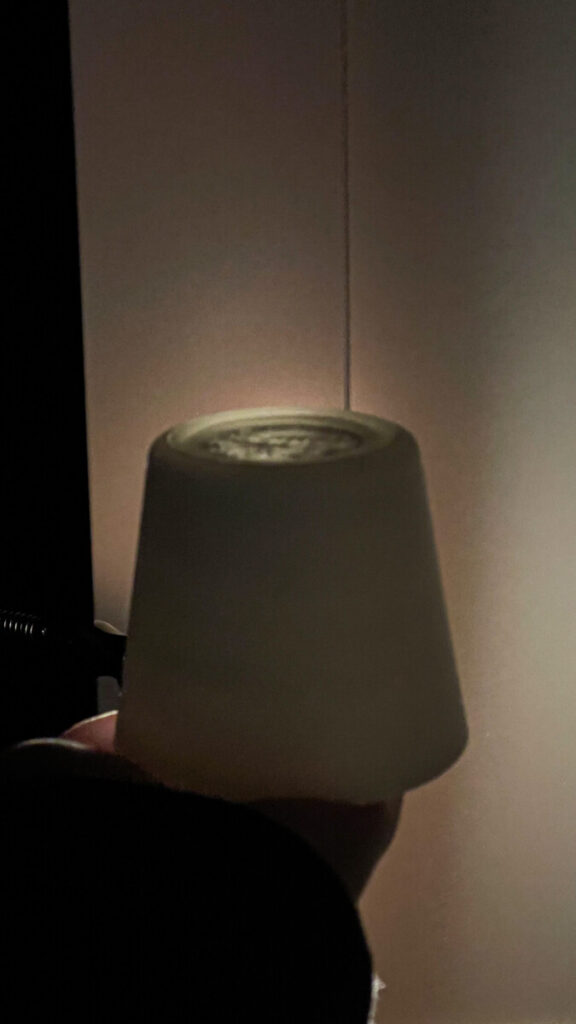
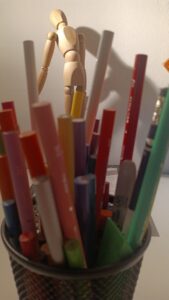
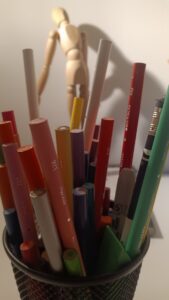

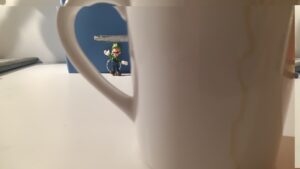




Recent Comments